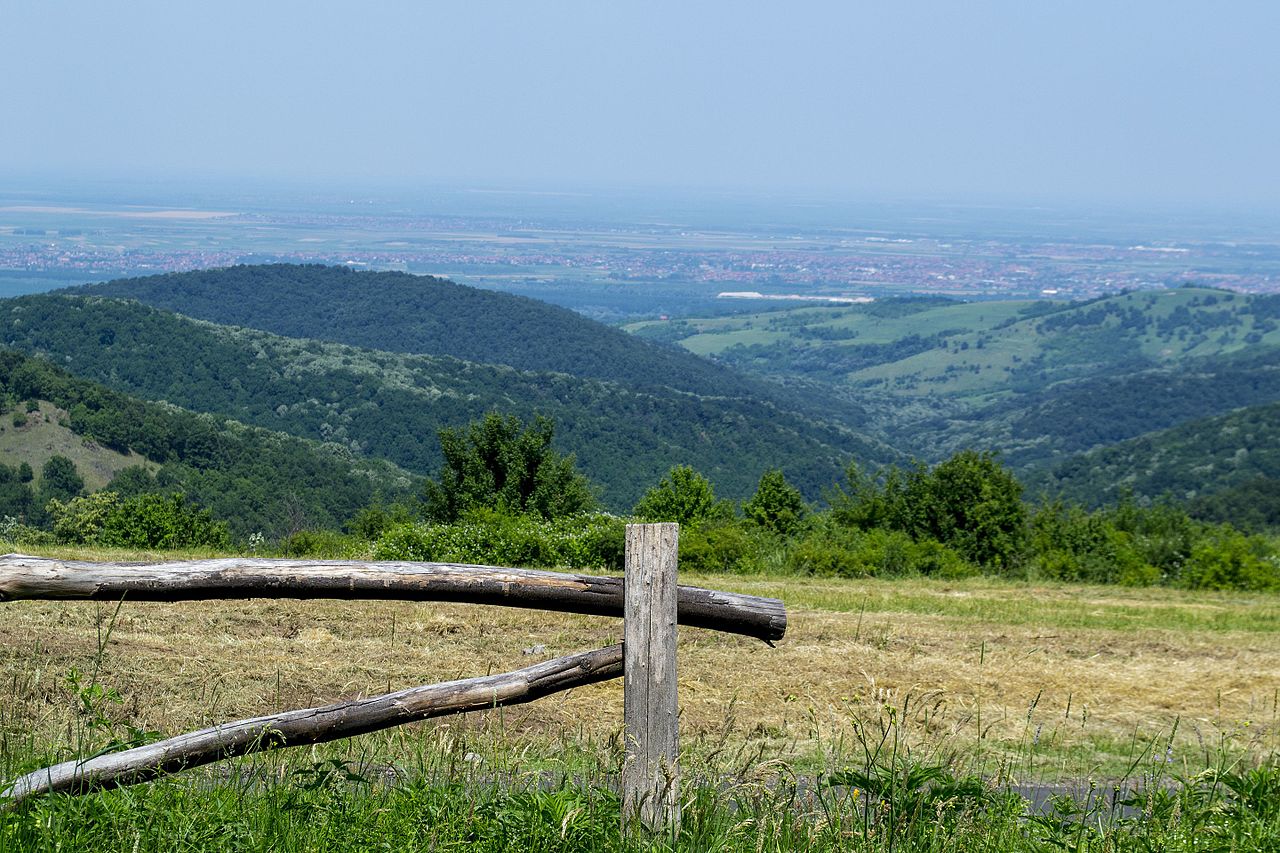Many locations get the ‘jewel of Serbia’ moniker thrust in their direction, but everyone knows in their heart of hearts that Fruška Gora is the true owner of the title. It is the square peg in Vojvodina’s round hole, or the verdant mountain in the pancake-flat landscape to be slightly more accurate. The oldest national park in the country is here, but there is more to Fruška Gora than greener-than-green vegetation. 90% of the park is forested, but dotted in amongst the green are some of Serbia’s finest monasteries and a few simple villages. There is also plenty of wine too, which is something of an understatement.

Krušedol
Built in the early years of the 16th century, Krušedol Monastery may well be the jewel in this particularly spiritual crown. The interior is home to some of the most impressive pieces of religious art in the entire country, frescoes as sharp and artistically splendid as they are enthralling and spiritually rousing. The monastery was founded by the last despots of Srem (the Branković dynasty, for those keeping score), and it also acts as a mausoleum containing the remains of some of Serbia’s most important historical personalities.
Grgeteg and Velika Remeta
Two for the price of one, as a pleasant summer path connects the monasteries of Grgeteg and Velika Remeta. The former was once among the most wealthy monasteries in Serbia, but the violence of World War II put a cap on its prosperity. The latter is home to the highest bell tower in Srem and is growing in visitor popularity all the time, most likely because of its supreme tranquility and alluring natural setting. It was also reduced to ashes during World War II, being painstakingly put back together in the years since.
Beočin
Nobody is entirely sure when the monastery at Beočin was founded, but you can take this as the green light to go ahead and make your own story to fill that gap. What is known is that it is a women’s monastery that holds the remains of Varnava Nastić, a 20th century saint of the Eastern Orthodox Church. There is yet another delightful garden, accentuated by a lonely stream trundling idly by.
The Grave of the Russian Hero
Wander through the cemetery at Stara Bingula and you’re almost certain to notice one grave above all. One of the tombs has a familiar red star above it, and this is the final resting place of Mihail Zaharović Galanov, a Soviet war hero who had an unfortunate meeting with a sniper’s bullet on Fruška Gora in the winter of 1944. Visiting cemeteries is something of an acquired taste, but it isn’t every day that you see the lonely grave of a Russian war hero next to farmers and village folk.


Comments